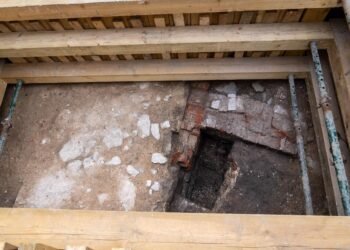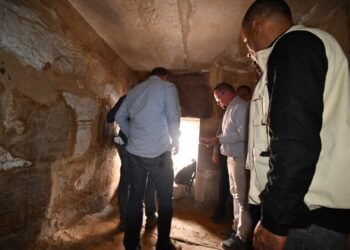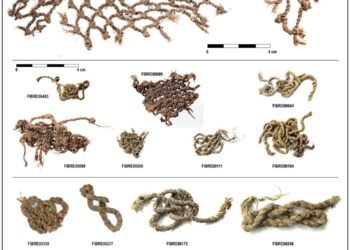A German-Austrian team, led by archaeologist Christiana Kohler from the University of Vienna, uncovered a trove of ancient wine jars, believed to be 5,000 years old, within the tomb of Queen Meret-Neith in Abydos, Egypt.

This extraordinary find has generated immense interest due to the tomb’s association with the mysterious figure of Meret-Neith, who is believed to be Egypt’s first female pharaoh.
The tomb excavation revealed a vast collection of well-preserved wine jars, some still sealed, containing organic residue that has been interpreted as the remnants of wine from the ancient past.
Christiana Kohler expressed her amazement at the discovery, remarking that the wine had undergone some transformation, and while the exact color remains unknown, it presents a unique opportunity for scientific analysis.
This discovery is especially noteworthy since such well-preserved wine-related artifacts from this era are rare and offer the possibility of yielding essential data on the early history of wine in Egypt.
Queen Meret-Neith, a prominent figure in Egypt’s First Dynasty, remains an enigma in Egyptian history. In addition to the wine jars, inscriptions found within her tomb suggest that she was in charge of central government offices, including the treasury, indicating her exceptional historical significance. The fact that she was buried in a monumental tomb, comparable in size and richness to male pharaohs of her time, further underscores her importance in ancient Egypt.
The complex also houses the graves of 41 servants and courtiers. Notably, the excavation revealed that these tombs were constructed in stages over an extended period, contrary to the earlier assumption of ritual human sacrifice in royal Egyptian burials during this period. This finding challenges long-held beliefs and offers new perspectives on the cultural practices of ancient Egypt.
Abydos, a city with a history stretching back to 3300 BCE, holds a significant place in ancient Egyptian archaeology. The city’s sacred necropolis served as a burial ground for the earliest pharaohs and later became a center of worship for the god Osiris.
In addition to the potential insights into ancient winemaking, the analysis of residues inside the wine jars could reveal the chemical composition and flavor profile of the wine, offering valuable information about the tastes and techniques of the time. However, some questions about Meret-Neith’s true identity and role in Egypt’s history remain unanswered, making further excavation and analysis essential.
As Christiana Köhler stated, “I’m almost sure that once we have completed the excavation of this huge complex, we will know more.”






















